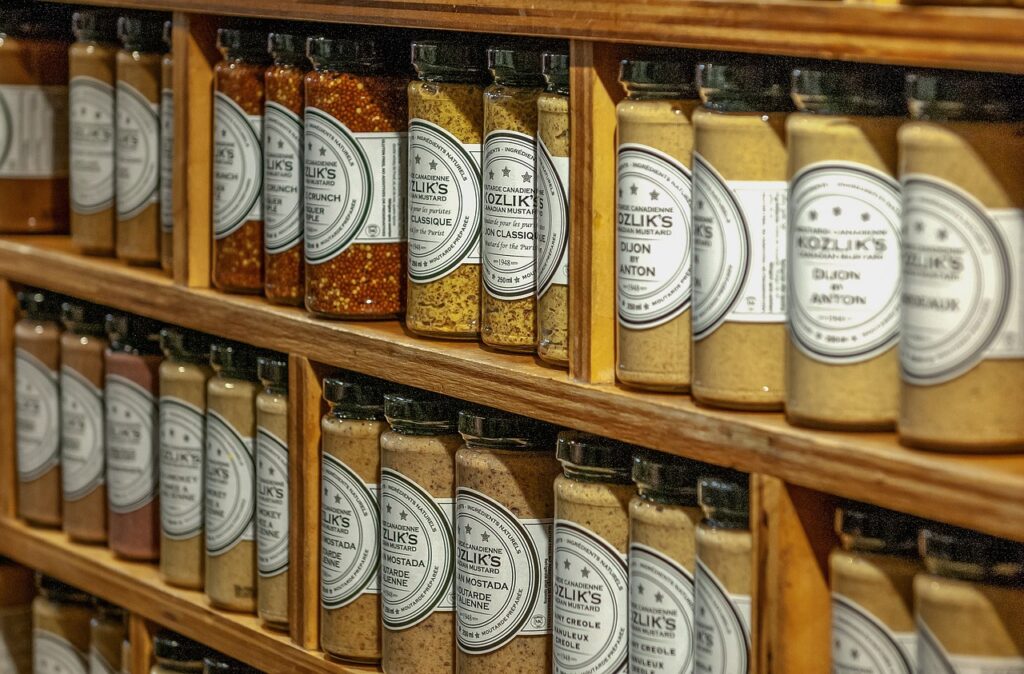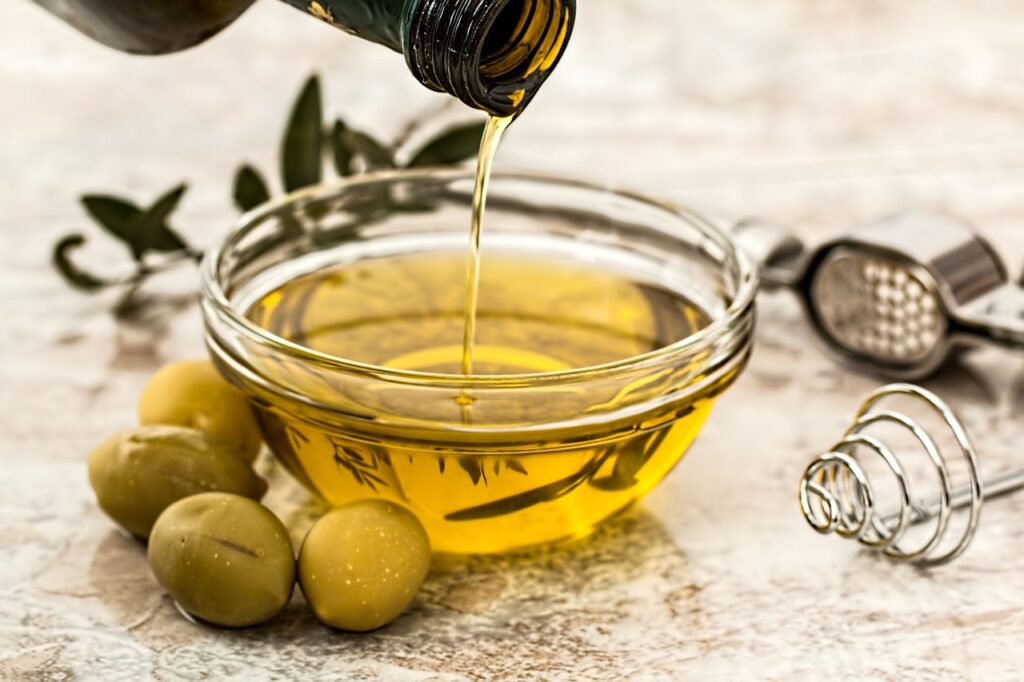How to Sell a Food Product in Stores

How to Sell a Food Product in Stores
Introduction
Starting up a food business can be an exciting endeavor, but the real challenge lies in getting it on store shelves and into the hands of eager customers.
From local grocery stores to larger supermarket chains, every step of this process requires careful planning, strategy, and patience.
This guide will walk you through the essentials of selling a food product in stores, covering everything you need to know; from market research and packaging to pricing and distribution.
Identify Your Market and Target Audience
The first step to selling a food product is understanding where it fits in the market. The food industry is very wide, and each product appeals to a specific audience. Are you selling a healthy snack, a continental delicacy, or a traditional family recipe? Understanding your niche helps define the kind of stores that will carry your product and the customers who will buy it.
Pay attention to current trends in the food industry. More consumers today are looking for organic or locally sourced products. If your product aligns with these trends, make sure to highlight that. Conversely, if your product is a unique food item or caters to a specific cultural dish, focus on just that.
Beyond trends, it’s important to know what motivates your target audience. Are they drawn to the health benefits, the taste, or maybe the convenience of your product? Understanding this helps in crafting a sales pitch that resonates with store buyers as well as customers.
Perfect Your Packaging
In the food industry, packaging plays a crucial role in grabbing attention and conveying value. Your product might be delicious, but if it doesn’t look appealing on a shelf, it may struggle to sell.
Your packaging should tell a story about your product. Is it clean and minimalist, appealing to health-conscious consumers? Or is it vibrant and playful, catching the eye of families? Invest in high-quality, professional packaging that looks as good as it tastes.
Packaging must also be functional. It should protect the product, be easy to open, and meet all food safety regulations. Ensure that your labeling complies with local laws, including ingredient lists, nutritional information, and any allergy warnings.
Eco-friendly packaging can also be a selling point. With the increasing demand for environmentally conscious products, using biodegradable or recyclable materials can make your product stand our in stores.
Determine the Right Price
Pricing your food product requires a good balance between covering your costs and staying competitive. You need to ensure your product isn’t overpriced compared to similar items, while still making a profit. You should calculate every cost associated with producing and selling your food product. This includes raw materials, manufacturing, packaging, and transportation. Once you have your total cost incurred, you can determine a reasonable price that allows you to make profit without making your product too expensive.
Research what price that other similar products in your category are selling for. If you price too high, stores may hesitate to stock your product, while pricing too low could devalue your product.
You might also want to consider offering discounts to stores that buy in larger quantities. Wholesale pricing can make your product more attractive to buyers and help secure larger orders.
Get the Right Certifications
For any food product, obtaining the necessary certifications is key to gaining store buyers’ trust and ensuring that your product complies with legal requirements. If your product is not produced in a certified commercial kitchen, you’ll likely need to get it tested to ensure it meets food safety standards. Depending on your location, you may also need specific certifications for organic, non-GMO, or gluten-free labels.
Third-party certifications can add credibility to your product. Organic certifications, for example, or a fair-trade label can enhance your product’s appeal to eco-conscious consumers. Just the way that certifications like “halal” can open up your product to wider groups of customers.
Develop a Sales Pitch for Buyers
Store buyers need to be convinced that your product is worth the shelf space. The best way to do this is by developing a strong, compelling sales pitch that highlights why your product will succeed in their store.
Start by focusing on what makes your product unique and how it meets consumer demand. Whether it’s an innovative flavor, health benefits, or convenience, make sure your pitch clearly states what sets your product apart from others.
Buyers love data. If you have any sales figures, customer testimonials, or market research showing demand for your product, include these in your pitch. It can also be helpful to demonstrate how well your product has sold at farmers’ markets or online as a proof of concept.
Store buyers will likely want to negotiate on price, delivery times, or order quantities. Be prepared to make compromises, but also know your bottom line so you don’t agree to terms that would make it unprofitable for you.
Start Local
If you’re just starting the business, it is advisable to start by targeting local stores, farmers’ markets, and specialty shops. These places are usually more open to working with smaller, local brands than large supermarket chains.
In smaller stores, you have the advantage of building personal relationships with the store owners. This can lead to valuable feedback and the chance to prove your product’s worth in a low-risk environment.
Selling in local stores gives you the opportunity to test your product, packaging, and pricing in a real-world environment. Use this feedback to make any necessary adjustments before you approach the larger stores.
Partner with Distributors
To reach larger stores or even national chains, you will likely need the help of a distributor. Distributors act as the middleman between you and the store, helping you get your product on more shelves without the need for direct negotiation.
Look for distributors who specialize in your type of food product. A distributor with experience in the food industry can help you navigate the often-complex process of scaling your product to a national level.
Just like with store buyers, building a strong relationship with your distributor is key. Ensure clear communication about order quantities, delivery schedules, and any special requirements your product might have.
Promote Your Product In-Store
Once your food product is on store shelves, the work doesn’t stop. You need to drive customer awareness and create demand so that it continues to sell.
Offering free samples is one of the most effective ways to get customers to try and ultimately buy your product. Partner with stores to host in-store demos where you or a representative can have the chance to engage with customers directly, explain the product, and offer free tasting.
Work with the store to ensure your product is placed in a high-traffic area. Eye-level shelves or end-of-aisle displays can increase visibility and sales. Be prepared to offer promotional pricing or special displays during peak shopping times.
Use social media, email marketing, and even local events to promote your product and let people know where they can find it in stores. Engaging with customers online and in person will help build loyalty and move them to purchase your product again.
Conclusion
Selling a food product in stores requires a lot of knowledge and the right strategies. By starting small, focusing on building relationships, and using smart marketing strategies, you can increase your chances of success.
With persistence and the right approach, your food product can become a favorite on store shelves, bringing in loyal customers and steady sales.






[…] food product. It needs to be practical for preservation and eye-catching to attract buyers. With a food product, durability is crucial because of factors like weather and handling during […]